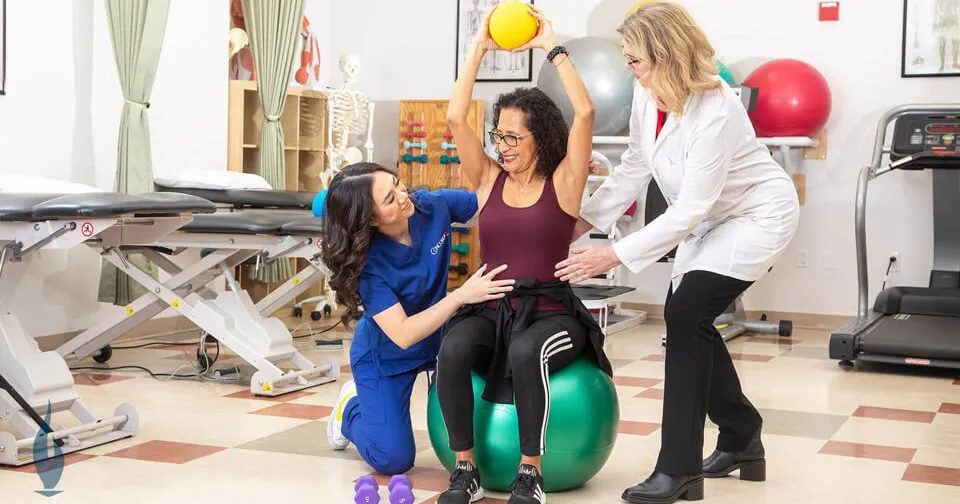The Essential Impact of Resistance Training on Improving Recovery and Effectiveness in Sports Recovery
Wiki Article
Resistance conditioning plays a vital part in athletic rehabilitation, helping sportspeople recover from injuries and improve their overall capabilities. When an individual gets hurt, their physique needs period to recover. However, during this rehabilitation period, it is essential to preserve power and flexibility to prevent additional damages. Strength conditioning can be customized to suit the requirements of each individual, focusing on particular muscular groups that may have been impacted by the injury. This targeted method not only aids in rehabilitation but also prepares the individual to return to their activity stronger than previously.

One of the primary benefits of resistance conditioning in rehabilitation is its capability to improve muscular strength and stamina. When muscles are more powerful, they can better stabilize joints and minimize the risk of recurrence of injury. For example, an individual recovering from a knee injury can gain from exercises that fortify the thigh muscles and back thigh muscles. These muscular tissues play a crucial role in supporting the knee articulation. By incorporating resistance training into their rehabilitation plan, athletes can recover their power more efficiently and securely.
In addition to building power, strength conditioning also improves flexibility and scope of motion. Many traumas can lead to rigidity in the affected region, making it challenging for athletes to navigate easily. Resistance conditioning workouts often involve extending and lengthening the muscles, which can assist restore flexibility. For example, incorporating weight straps or weights into flexibility programs can enhance the effectiveness of these workouts. As flexibility improves, individuals can perform actions more efficiently, which is crucial for peak performance in their sport.
Another crucial factor of resistance conditioning in sports rehabilitation is its positive impact on mental well-being. Healing from an trauma can be a challenging and frustrating process for individuals. Participating in resistance training can provide a sense of achievement and enhance confidence. As individuals see improvements in their strength and abilities, they may experience more driven to continue their rehabilitation process. This psychological boost can be just as important as the bodily advantages, as a positive mindset can result to improved outcomes in recovery.
Finally, resistance conditioning can help athletes move back to their sport more seamlessly. Once they have regained their strength and flexibility, athletes must to rehearse sport-specific actions to ensure they are ready for contests. Resistance training can be combined with activity-specific drills to create a comprehensive recovery this link plan. This combination allows individuals to not only heal but also enhance their performance. By concentrating on both rehabilitation and performance, resistance training becomes an essential instrument in the recovery journey, assisting individuals come back to their sport stronger and more durable.